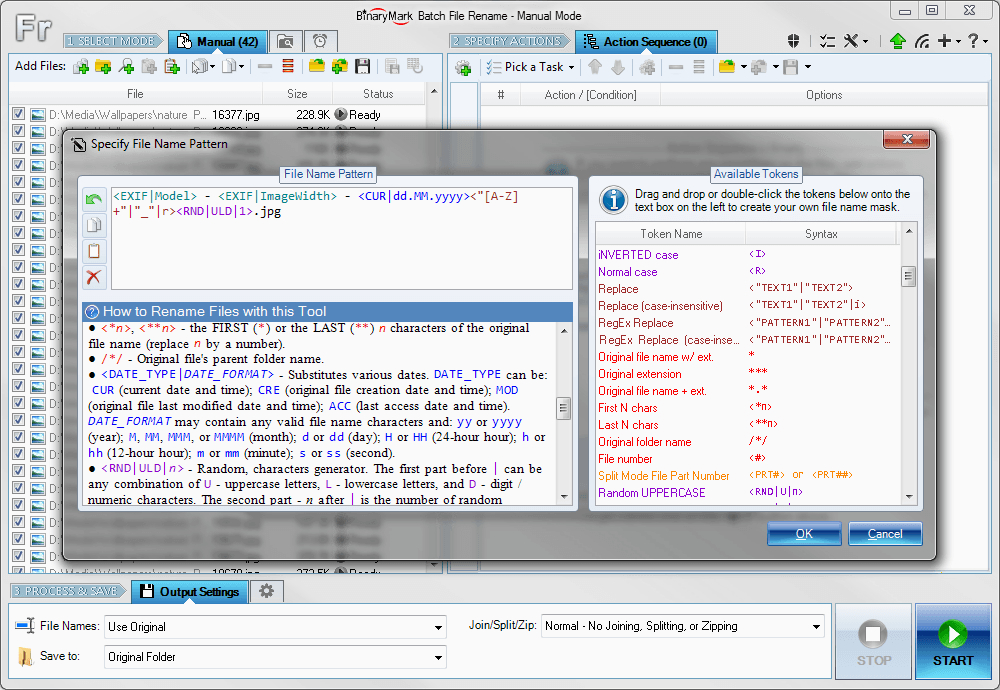
In the case of Debian, Ubuntu, Linux Mint, and derivatives: sudo apt install rename But, if you don’t have it installed, you can do it in just a minute with a simple command. Many Linux configurations include it by default. With the rename command, you will have a bit more control. Rename Files on Linux Using the Rename Command If you want more advanced features, you’ll need to use the rename command, we’re about to cover. This will create a loop (for) looking through the list of files with the extension.
BATCH FILE RENAME SOFTWARE UBUNTU PDF
pdf extension, you will use the following command: for f in *txt do Let’s take the commands, find, for, or while loops and renaming multiple files.įor example, when trying to change all files in your current directory from. The mv command can only rename one file, but it can be used with other commands to rename multiple files. Mv file1.txt file2.txt Rename Multiple Files With the mv Command However, if you are not in the directory, you will need to type a bit more. We will need to type the following: mv file1.txt file2.txtĪs simple as that. If we want to rename a file, we can do it like this: mv oldnamefile1 newnamefile1Īssuming we are located in the directory, and there is a file called file1.txt, and we want to change the name to file2.txt. Rename File on Linux Using the mv Command

BATCH FILE RENAME SOFTWARE UBUNTU HOW TO
How to Rename Files in Linux with the mv Command How Do You Rename Multiple Files In Linux?.

What Linux Command Lets You Rename Files?.Rename Files on Linux Using the Rename Command.Rename Multiple Files With the mv Command.Rename File on Linux Using the mv Command.How to Rename Files in Linux with the mv Command.


 0 kommentar(er)
0 kommentar(er)
